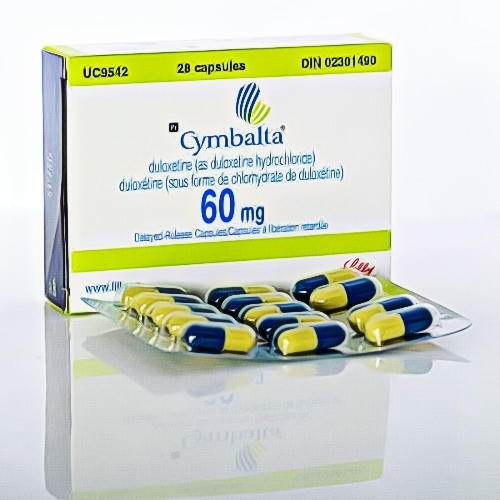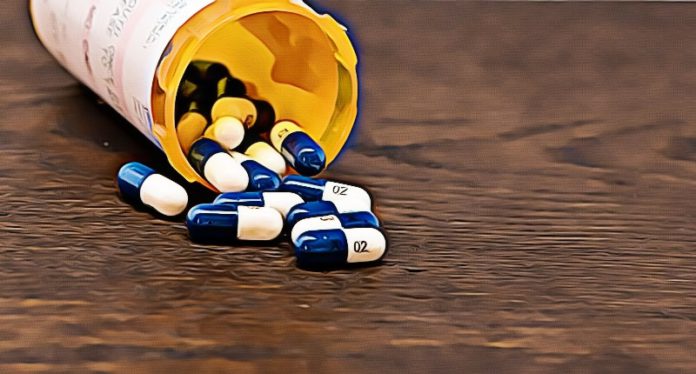As people become more aware of their mental health, health officials are seeing the number of mood disorders rising by the minute. Mental health complications such as major depression, anxiety, and even nerve damage associated with depressive disorders. This leaves a staggering 50 million American adults suffering from one of these conditions with over 20 percent experiencing chronic pain.
While there are various medications for treating a myriad of depressive disorders, Cymbalta (duloxetine) is one of the most popular drugs prescribed for the specific mental health problems mentioned above.
Cymbalta Side Effects and Withdrawal Symptoms
Seeing as Cymbalta is a serotonin-norepinephrine reuptake inhibitor (SNRI), the drug can interact with both serotonin and norepinephrine neurotransmitters. This increases the hormones in the brain responsible for regulating the mood; that’s why Cymbalta can effectively soothe feelings of depression, anxiety, and even chronic pain.
Cymbalta can start to take effect within one to two weeks, though patients will likely see a drastic improvement at the sixth or eighth week. Patients treating major depressive disorders usually take Cymbalta as a long-term treatment, though many would quit their intake once they start to feel better or notice the drug is no longer as effective.
The problem starts when people stop taking Cymbalta cold turkey, especially without professional medical guidance, since it can trigger a wide range of adverse side effects. When you start to taper off the drug without the supervision of a medical professional, it could trigger withdrawal symptoms such as the following:
- Headache
- Lightheadedness
- Dizziness
- Vertigo
- Shock-like sensations in the head or other areas of the body
- Tinnitus
- Nausea
- Vomiting
- Diarrhea
- Sweating
- Fatigue
- Fidgeting
- Muscle cramps
- Tremors
- Fast heart rate or heart palpitations
- Insomnia
- Vivid or bizarre dreams
- Increased anxiety
- Irritability
What is Cymbalta?
Also known for its generic name, duloxetine, Cymbalta is an FDA-approved prescription medication designed to reuptake the body’s serotonin and norepinephrine receptors. Unlike other antidepressants like Prozac, Cymbalta targets serotonin only. However, the way it interacts with norepinephrine makes it an additional pain reliever for treating fibromyalgia, peripheral neuropathic pain, and chronic musculoskeletal pain to boot.
Generally, Cymbalta is given to patients suffering from the following conditions:
- Major depressive disorder (MDD)
- Generalized anxiety disorder (GAD)
- Pain caused by diabetic neuropathy (nerve damage)
- Fibromyalgia
- Chronic musculoskeletal pain (pain in the bones, muscles, ligaments, nerves, and tendons)
While it’s mostly given to adults, Cymbalta is also approved to treat kids (seven years old and above) and young teens with fibromyalgia. The prescription medication can do wonders for stabilizing moods, but despite the positive changes it makes in a patient’s life, quitting Cymbalta can still pose a threat since it triggers withdrawal symptoms.

What’s In a Cymbalta?
Just as the drug’s generic name suggests, Cymbalta contains an active drug called duloxetine under the Serotonin-Norepinephrine Reuptake Inhibitors (SNRIs) class. Lesser known brand names call it duloxetine, but you’ll find the contents mirror each other nonetheless, so either brand should work just as well.
No matter the brand reputation, Cymbalta is typically taken by mouth since it comes in capsules with three varying strengths: 20 mg, 30 mg, and 60 mg.
Is Cymbalta Addictive?
The good news is that Cymbalta has no addictive properties, but people can still abuse the substance and experience overdose. The typical recommendation for the dosage is at 60 mg, but some may need to bump it up to 120 mg.
There are rare records that show people taking 1,000 mg of the drug, resulting in overdose symptoms such as extreme sleepiness, vomiting, fluctuating blood pressure, fainting, seizures, and coma at its worst-case scenario.
Seeking aid from a medical expert is crucial since substance abuse can pave the way for a condition called serotonin syndrome, which causes hallucinations, seizures, unconsciousness, and even death when left unattended.
The Bottom Line: Treating with Cymbalta and Reducing Intake with the Help of Medical Professionals
There are many reasons to stop taking Cymbalta — be it due to the end of your treatment plan, the emergence of concerning side effects, or simply because the medication is no longer effective. When you plan on quitting this prescription medication, it’s important to let your doctor help you by following a taper schedule so you won’t go into withdrawal.
Doctors may also recommend a specific program to soften the blow in case of withdrawal symptoms still persist, along with support groups to bring comfort to like-minded communities who suffer from the same mental conditions.
Sources:
















